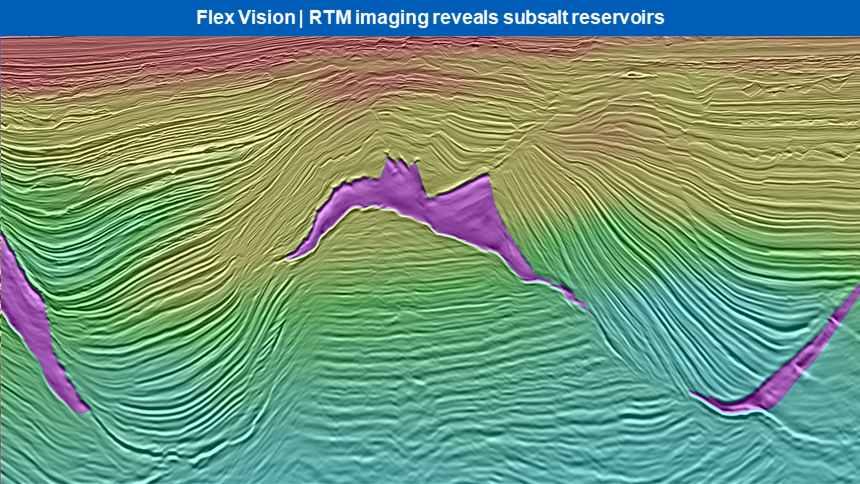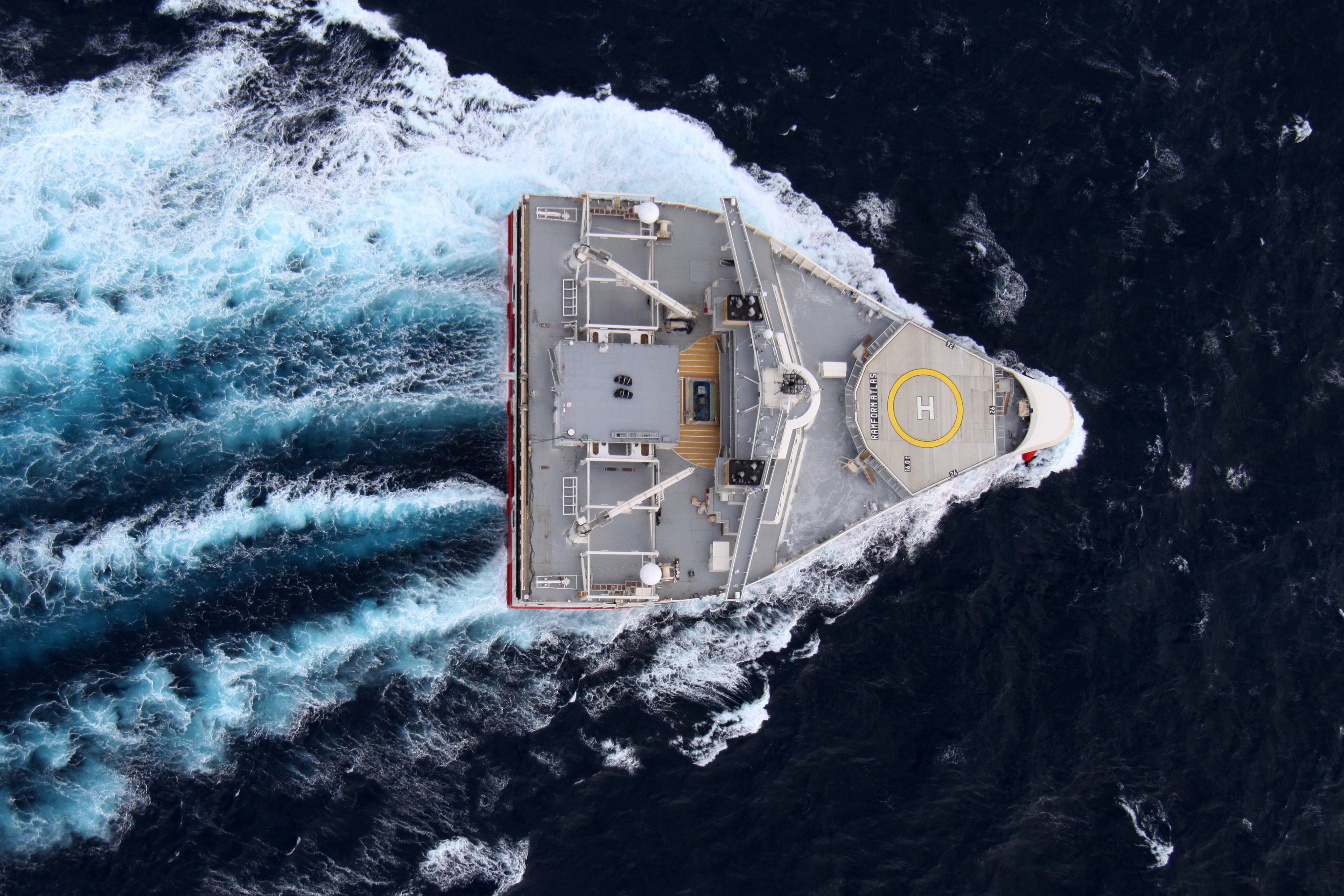Additional full integrity products have been released from the PGS Flex Vision data rejuvenation program in the Gulf of Mexico.
PGS said that the application of new imaging technology to the Flex Trend had revealed nearfield opportunities that boost potential far beyond original estimates.
“New data unlocks opportunities adjacent to existing discoveries, to enable infrastructure-led exploration in an area of the Gulf of Mexico that has been producing oil and gas for over two decades. Salt, the biggest challenge for exploration on the Flex Trend, is resolved with high-quality depth imaging and improved velocity control.
“The final data from the Flex Vision program demonstrates striking improvements in image quality, resolution, bandwidth, and geologic accuracy. The data rejuvenation process started from field tapes and applied the latest broadband imaging techniques and workflows, from data conditioning, noise and multiple suppression, to new model building and imaging algorithms. This has provided the most comprehensive and geologically sound dataset to date,” PGS said.
The seamless Flex Vision rejuvenated dataset covers 727 blocks (approximately 17 000km²) over the mature Shelf and Shelf Break areas of the US Gulf of Mexico, from Vermilion in the west to Grand Isle in the east, along with northern portions of Garden Banks and Green Canyon. High-resolution Kirchhoff and least-squares RTM products are now available.
“For E&P companies interested in increased near-term, step-out potential from existing production facilities in the Gulf of Mexico, this dataset can help to unlock and pinpoint new prospects that can meet profitability requirements in today’s oil market,” says Alastair Lewis, PGS VP Business Development for North and South America.




